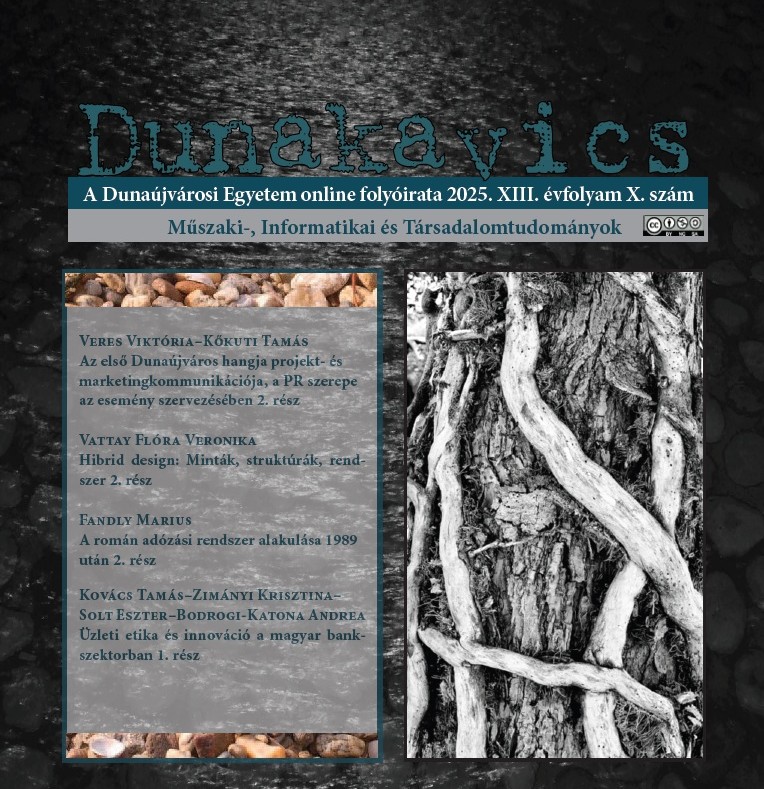Hibrid design: Minták, struktúrák, rendszer 2. rész
Abstract
What happens when design is not about creating objects, but about designing networks? My research examines hybrid design as a possible emerging discipline, one that weaves together the knowledge of art, science, technology, and ecology into a single functioning system [1, 2]. The study unfolds at the intersection of two worlds: in Bali, at Udayana University and within the Bring Back the Light program, where the philosophy of Tri Hita Karana serves as a shared “protocol”; and in the West, within the institutional ecosystem of MIT (CAVS, CAST, Media Lab), where design has evolved into an autonomous “bridge-discipline” [3]. Using the vocabulary and methods of network science, I identify nodes (faculties, researchers, communities, values), edges (interdisciplinary projects, artistic–educational channels), and structural patterns (centrality, modularity, small-world properties; [4, 5]). Findings show that in Bali, art is not a decorative layer but an infrastructure: it shortens knowledge pathways, strengthens local cohesion, and builds resilience against disruptions threatening bioluminescence (light, noise, and habitat pollution; [6, 7]). In the West, by contrast, design – paired with technology and economics – functions as a measurable mediator, offering institutionalized forms of brokerage. The central thesis of this article is the convergence of these two models: the integrated normative core (Tri Hita Karana, philosophy–art) and the institutionalized bridge-discipline (design) together form an adaptive, small-world-like knowledge network in which diversity is not a burden but a resource. The hybrid designer’s practical proposition is clear: programs built on the dual pillars of “art as infrastructure” and “design as measurable mediator” can simultaneously accelerate knowledge flows, strengthen community participation, and sustain ecological interventions. In short, hybrid design succeeds where the stage (philosophical values) and the score (institutional design) are tuned to one another – allowing the system itself to perform the melody of sustainability.

This work is licensed under a Creative Commons Attribution-NonCommercial-ShareAlike 4.0 International License.




